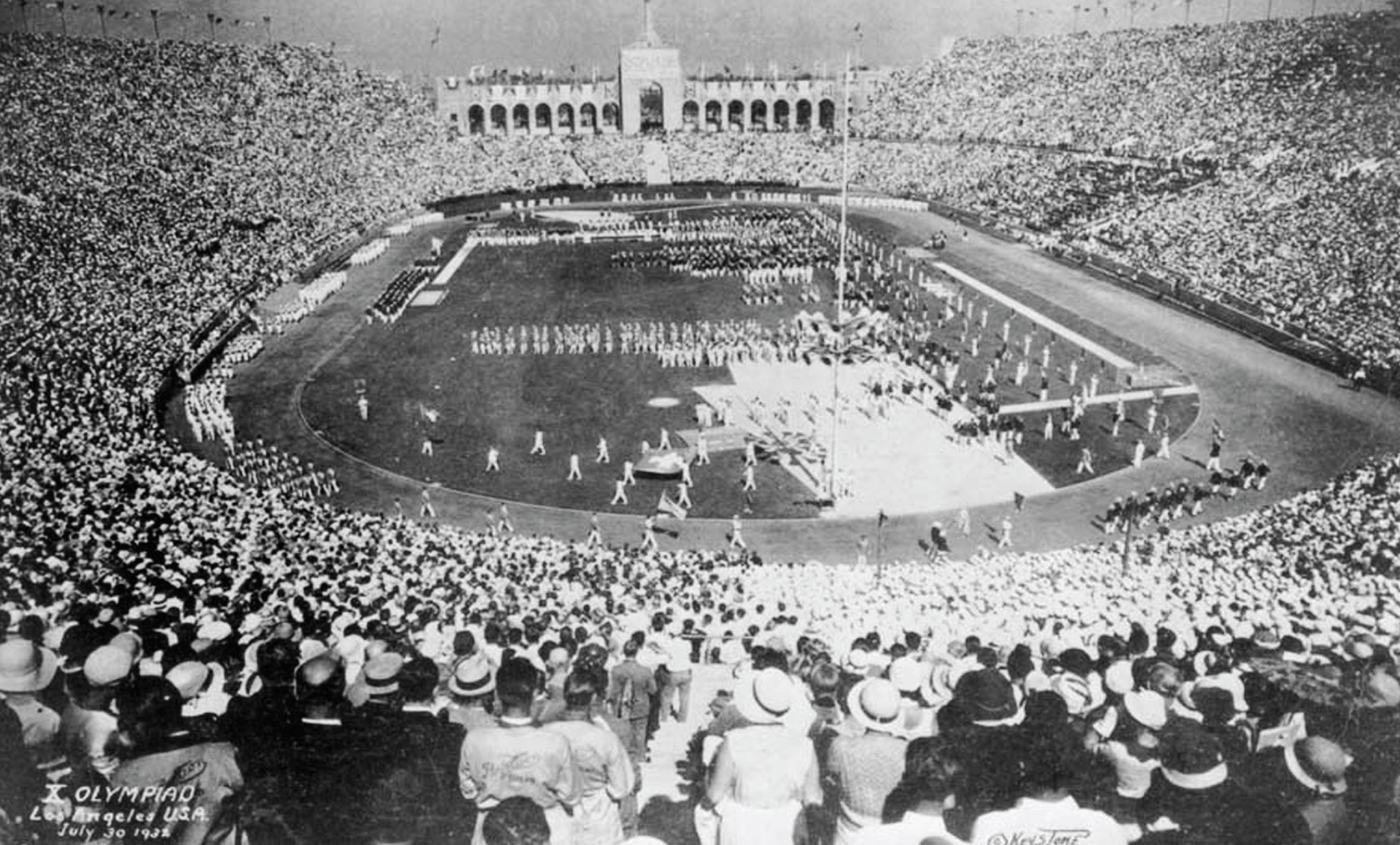As fewer cities bid to host the Olympic Games, the global sports industry is seeking to better understand how sporting mega-events impact their host cities. A recent research study led by Judith Long, associate professor of urban and regional planning, assesses the urban development impacts of the Olympics, drawing on research in former host cities from Rome (1960) to Rio de Janeiro (2016).
Emilie Yonan, M.U.P. ’18, and Florent Mettetal, M.U.R.P. ’19, served as research assistants on the project and will be presenting their findings along with Long at the University of Michigan’s annual Florida Seminars event in Naples, Florida, in February.
During the end of Yonan’s first semester as an urban planning student, Long sent an email to students asking who was interested in helping on the project. Yonan jumped at the chance. “I’m a huge sports fan and especially love the history and spectacle of the Olympics,” she said. “Blending my love of sports and my urban planning degree was a dream opportunity.”
Yonan was responsible for building out the “inventory” of the venues for each Olympics. She did research about the owners, dates of construction, past use, current use, and any other interesting facts or impacts of these venues. “I learned a lot about how stadium development happens in other countries besides the United States and how those venues are reused. There are so many cautious tales about hosting the Olympics and the impacts it can have on your region.”
Mettetal was first connected to the project because he possessed a skillset that was tangential yet vital to the work: Yonan asked him to translate pieces of the reports from Olympics held in France and Germany for use in the venue inventory she was building. While his fluency in both French and German first brought him to the project, his passion for sports made him a natural fit long term, so after Yonan graduated, Mettetal stepped in to work alongside Long.
“The project blends many of my personal interests: aspects of history, urban planning, and sports facility development, as well as the underlying financing schemes involved to make these events happen,” said Mettetal. “It allowed me to better understand how the pieces of the puzzle all came together over years of complex planning to make the competitions seamlessly happen every four years.”
Mettetal used Yonan’s inventory to map out each of the venues and start to study the evolution of the spatial distribution of those facilities in each of the cities that hosted the games between 1896 and 2016. By seeing development patterns and the type of facilities built (temporary, existing reuse, or new construction), as well as the way they were distributed in the host cities, the team could begin to understand the planning philosophy and the financial impact for the host city and/or nation at that time. “The most interesting thing to me was looking at cities that had hosted games multiple times and how the planning changed for each edition. For example, we studied the use of already existing stadiums and the phasing in of Olympic and broadcasting villages as the games modernized, and how those impacted the urban fabric. This especially comes to mind in London, Tokyo, Paris, and Los Angeles — and the latter three will be hosting again within the upcoming eight years,” Mettetal said.
Based on the research, Long and her student team offer recommendations to recalibrate the scale of venues and infrastructure, to reduce financial burdens on host cities, and to improve planning for the Olympics, as well as other marquee sporting events. “Some host-cities have fallen into the trap of neglecting good planning practices and used careless amounts of resources to finance this transient event,” said Mettetal. “These case studies have helped reinforce my belief in thoughtful and researched planning involving the impacted communities, which I think about in my work as an urban designer at Perkins & Will — no matter whether the scale of the project approaches that of Olympic preparation plans or that of a single parcel.”
Yonan also has carried lessons from the project into her career, first as an economic development consultant and now working for a state senator in Pennsylvania. “It has made me more invested in municipal finance and making sure municipalities are investing appropriately in their economies,” she said. “This project was my favorite work I did in graduate school. I’m so grateful for Professor Long and the wealth of opportunities at the University of Michigan.”





